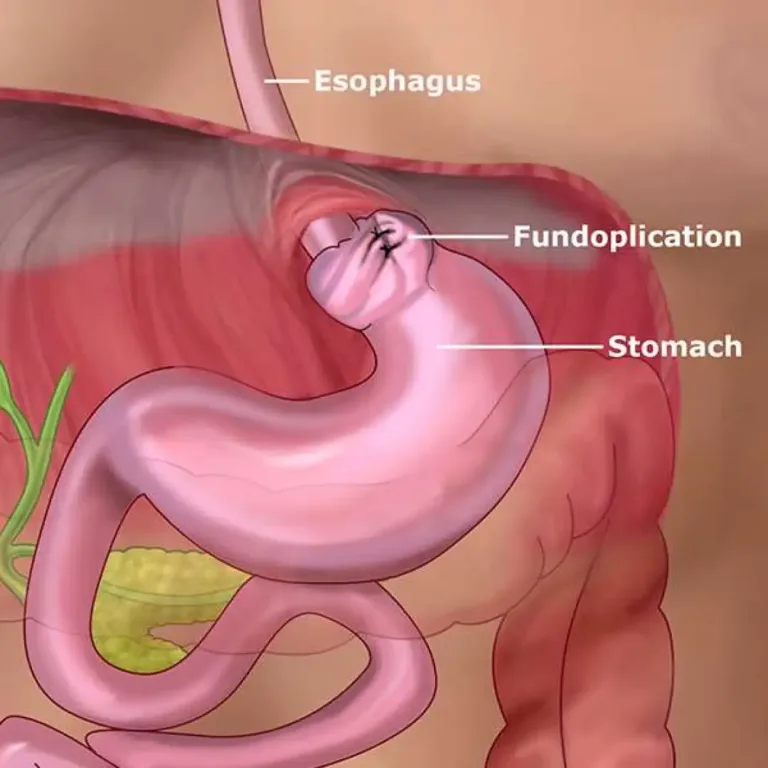In recent years, the health of our gut microbiome has gained significant attention in the world of medicine and wellness. Two commonly discussed conditions that affect the gut are Small Intestinal Bacterial Overgrowth (SIBO) and Dysbiosis. While these terms may sound similar, they represent distinct issues in the intricate world of gut health. This article aims to clarify the differences between SIBO and Dysbiosis, helping you better understand these conditions and their impact on your digestive well-being.
SIBO: Small Intestinal Bacterial Overgrowth
Small Intestinal Bacterial Overgrowth (SIBO) is a condition characterized by the excessive growth of bacteria in the small intestine, which is not where most of our gut bacteria should reside. These bacteria may include both the normal inhabitants of the colon and unusual species.
Key features of SIBO include:
- Location: SIBO primarily occurs in the small intestine, which is further up the digestive tract compared to the colon, where most of our gut bacteria reside.
- Symptoms: Common symptoms of SIBO include abdominal bloating, diarrhoea, and malabsorption of nutrients, which can lead to deficiencies in essential vitamins and minerals.
- Diagnosis: SIBO is typically diagnosed through breath tests that measure the gases produced by the overgrown bacteria.
- Causes: Several factors can contribute to SIBO, such as impaired gut motility (the ability of the gut to move and clear bacteria), anatomical abnormalities, and underlying medical conditions like Crohn’s disease or irritable bowel syndrome (IBS).
Dysbiosis: Imbalance in Gut Microbiota
Dysbiosis is a broad term that signifies an imbalance or disruption in the gut microbiota, which is the diverse community of microorganisms living in our digestive system.
Key features of Dysbiosis include:
- Location: Dysbiosis can occur in various parts of the digestive system, including the small and large intestines.
- Symptoms: The symptoms of Dysbiosis are not specific and can vary widely. They may include bloating, gas, irregular bowel movements, and general discomfort.
- Diagnosis: Unlike SIBO, Dysbiosis doesn’t have a standardized diagnostic test. Diagnosis often relies on the analysis of a person’s overall gut health and microbiota composition.
- Causes: Dysbiosis can result from various factors, including a diet high in processed foods, frequent antibiotic use, and chronic stress. It can also be associated with conditions like obesity and autoimmune diseases.
The Key Differences
- Location: The primary difference lies in the location of the issue. SIBO specifically involves an overgrowth of bacteria in the small intestine, while Dysbiosis denotes an imbalance in the gut microbiota, which can occur in different parts of the digestive tract.
- Symptoms: SIBO tends to present with more specific symptoms related to the small intestine, such as malabsorption and diarrhoea, while Dysbiosis may manifest with a broader range of gastrointestinal complaints.
- Diagnosis: SIBO is diagnosed through breath tests, whereas Dysbiosis is more of a general characterization of gut microbiota imbalance based on clinical assessment and analysis.
- Causes: The causes of these conditions are also distinct. SIBO often results from issues with gut motility, while Dysbiosis can be linked to dietary choices, antibiotic use, and stress, among other factors.





